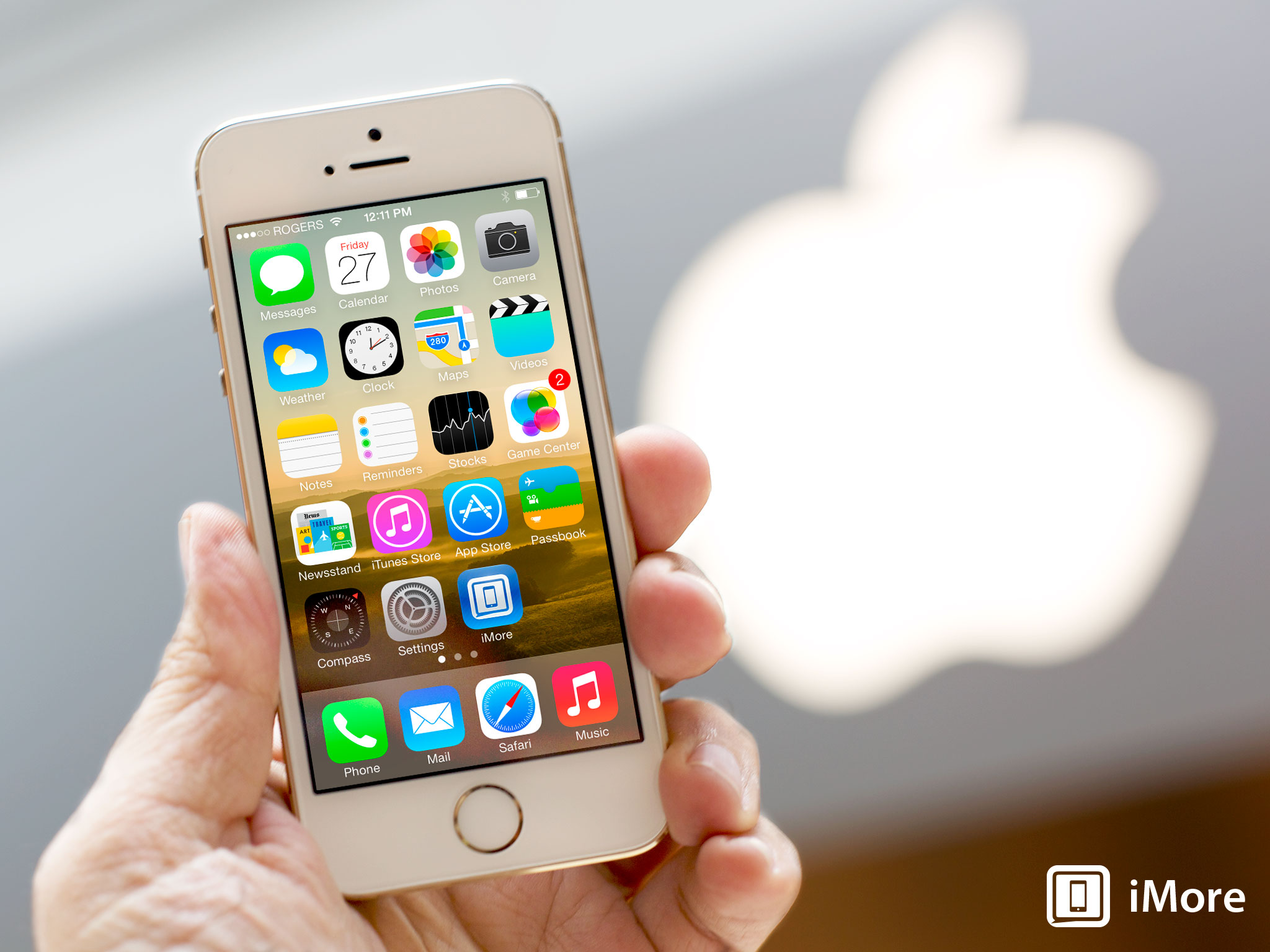
Throughout the 30th anniversary of the Mac, one thing become clear — as much as many of us love and adore OS X, we're now living in the age of iOS. If the differences in worlds needed to made any more clear, Apple recently celebrated the anniversary of their epic 1984 Superbowl TV commercial by releasing the 1.24.14 video, shot entirely on the iPhone, and broadcast on the internet. However, that the Mac remains recognizable today, vibrant and important, leads me to wonder, in another 30 years, how recognizable will the iPhone be? Of what and on what will a 1.24.44 be "shot" and "broadcast"?
John Gruber, writing on Daring Fireball:
Amidst all the well-deserved accolades celebrating the 30th anniversary of the original Macintosh, what has struck me is how very Apple that product — and the team that made it — was.
For one thing, they sweated the details. The greatest testimony to their genius is just how much of that original design is recognizable in today’s Mac OS X 10.9. A Mac user from 1984 could sit down in front of an iMac or MacBook today and recognize it as a successor to that original machine. That’s simply amazing.
Emphasis mine. The opposite is also true. A Mac user today could sit down in front of the original Mac and not feel lost or alienated. That's because, for the end-user, the interface is the app and consistency is a feature. OS X Mavericks is very different than the original Mac OS, yet the windows are still there. The mouse still points and clicks. The File and Edit menus are right where they've always been. That's the human interface — the way a person experiences a machine. Change all the plumbing you want, from kernel to driver, and as long as the interface remains recognizable, the human remains comfortable. Leave the plumbing the same and change the way the interface works, and the human will be lost.
That's why the Mac endures so well — the elements that the human being sees and interacts with remain familar. It's also why iOS 7, despite its radical visual overhaul, remained usable — the icons were still in the same place on the Home screen, lists still scroll the same way, taps and swipes work the same way now as they did before. For all the changes, the way the human interacts with the machine remains largely unchanged.
The human interface for handhelds has been largely the same for a long time as well. Early personal digital assistants (PDAs) had grids of icons that, when pressed, launched apps. Smartphones too. The Treo and Windows Mobile. The iPhone, the late webOS, BrackBerry then and now, even Android in its drawer, have grids of icons. There's a reason for that. Icons are iconic. They're easy to recognize and differentiate at a glance. Windows Phone uses titles instead, which offer some increased informational capacity, but at the expense of consistency. But will that consistency endure for as long as the desktop has?
So I have very little idea what precisely I would mean if, in 5 years, I were to say 'I installed an app on my smartphone'. Further, I'm pretty sure that if it's an Apple smartphone it will run an iteration of iOS but I'm rather less sure what Google will have done with Android and Chrome by then. And of course I might be running a fork of Android from Amazon or, perhaps, Microsoft.
If you'd asked me 30 years ago, when I first touched a Lisa or Mac, whether desktops would be largely the same now, today, I would have thought you mad. With visions of science-fiction dancing in my head, I would have thought — hoped — that they wouldn't last out the decade. But here they are.
When it comes to mobile, I likewise can't imagine picking up anything even resembling an iPhone or smartphone, iOS or Android, 10 years from now, much less 30, in anything resembling the same way, shape, or form. The velocity of mobile just seems so much faster than desktop. But maybe it just seems that way?
Natural language interfaces and sequentially inferring sensors like Siri and Google Now are always coming but never quite arriving. Yet the contextual awakening and internet of things is looming on the horizon. Slowly but surely, push interface is starting to appear. But will these lead to fundamental changes in human interaction, or simply a rounding out of the experience?
It's 2037 or 2044 and you want to get in touch with a loved one, will the device you reach for — if indeed you still need to reach — and will the apps and/or services you interact with be in any way be recognizable to an iPhone user today? Even harder to imagine: If Apple were to honor the iPhone then the way they have the Mac now, how would that honor be captured and broadcast?